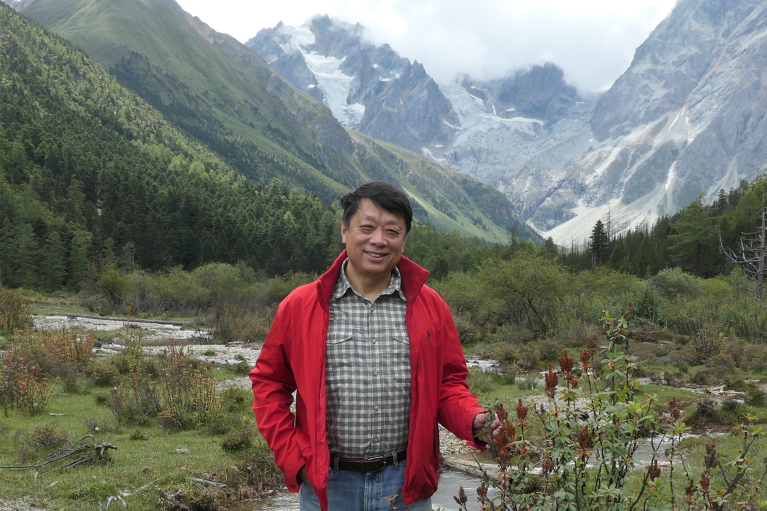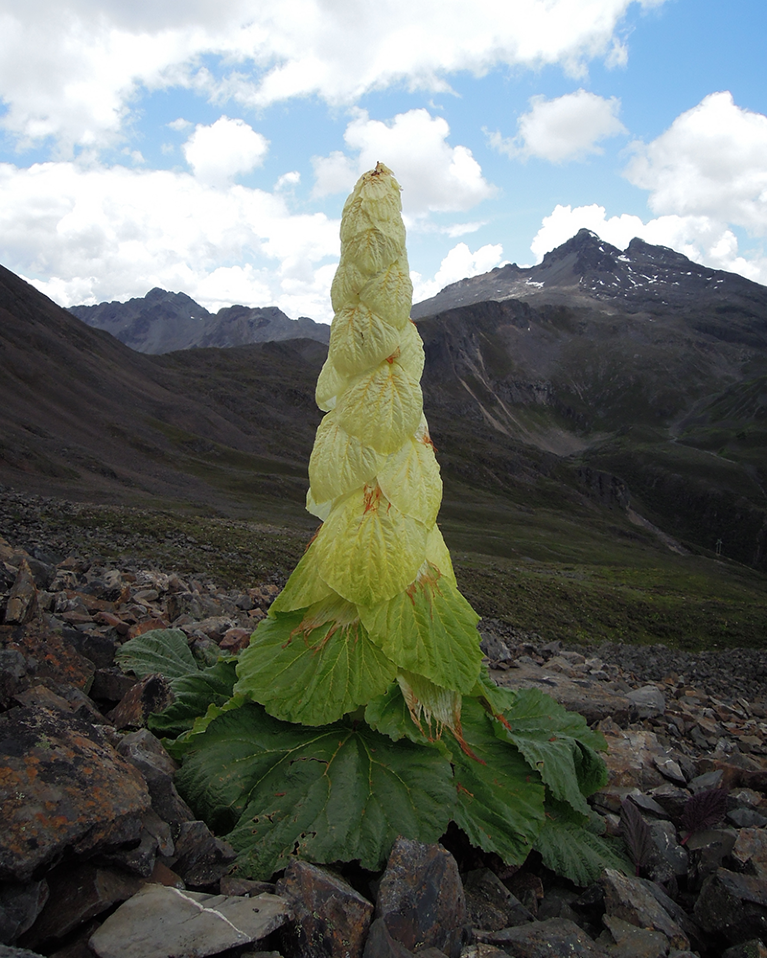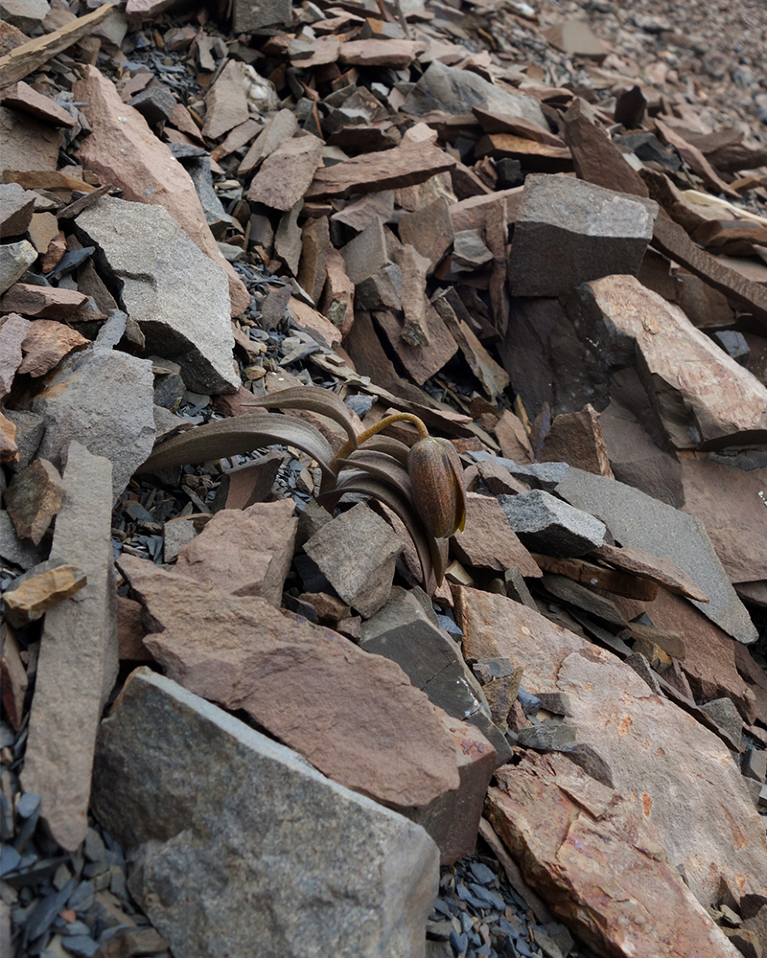
Hang Sun, director of KIB, at the Baima Snow MountainCredit: Kunming Institute of Botany, Chinese Academy of Sciences
Alpine periglacial environments, for their freezing temperatures, high winds, strong UV rays, and poor soil quality, are hostile to plant growth. But the Qinghai-Tibet Plateau (QTP) exhibits rich periglacial plant diversity and unique ecological adaptation mechanisms. The formation of its biodiversity, plant adaptation, biogeographic evolution and how its biodiversity is affected by global changes, is not fully understood.
Research by a team led by Hang Sun, director of the Kunming Institute of Botany (KIB), Chinese Academy of Sciences, has helped address key questions on plant diversity in this unique ecosystem.
Sun’s team has led some of the most extensive surveys on alpine plants, as part of national initiatives including the Major Program of the National Natural Science Foundation of China, and the Second Tibetan Plateau Scientific Expedition and Research. They have profiled 1,536 species, 234 genera, and 56 families of vascular plants in QTP’s alpine periglacial area, illustrating the region as a biodiversity hotspot. Origins of these periglacial plants can mainly be traced to flora of the Tethyan Tertiary, Arcto-Tertiary and local area during the uplift of the QTP since the Paleogene, especially after the Neogene (approximately 23 million years ago).
Rheum nobile, a herb whose structure creates a warm and safe microenvironment and promotes pollinationCredit: Kunming Institute of Botany, Chinese Academy of Sciences
To adapt to the extreme environment, many of the indigenous plants have developed particular structures, including the ‘greenhouse’ plants, the low-growing, matted cushion plants, and those with woolly trichomes or hairs. Sun’s team has revealed the specific adaptive mechanisms underlying these special features, and their functions. An example is Rheum nobile, a giant monocarpic herb, whose translucent bracts form tower-like inflorescence. Sun’s study has shown that the hollow columns have a ‘greenhouse effect’, keeping heat and protecting flowers from damage by UV rays and rain. This also boosts pollination by providing favorable conditions for insects.

Fritillaria delavayi, a medicinal plant revealed by Sun’s team to have evolved the ability to camouflageCredit: Kunming Institute of Botany, Chinese Academy of Sciences
Another example of adaptive evolution studied by Sun’s team is Fritillaria delavayi, a medicinal plant, which has been extensively harvested for treating cough. To reduce its visibility, the plant has evolved the ability for camouflage. Its grey or brown leaves and flowers help it blend in with the surroundings. The KIB team believes that this is a defense mechanism the plant has developed under high harvesting pressure.
Sun’s team has also studied cushion plants, known as ‘nurse species’, revealing how they moderate environmental conditions such as temperature, water and soil nutrition to engineer new habitat patches in the landscape. They play a role in preserving biodiversity in the ecosystem by facilitating the growth of other organisms.
In a genome-wide analysis of a typical alpine cushion plant, Salix brachista, or Cushion willow, Sun’s team identified ‘sky islands’, or isolated peaks, as a driver of its intraspecific divergence. By resequencing Cushion willow, KIB researchers, with international colleagues, characterized their genetic diversity, evolutionary patterns, and revealed the mechanism of population genetic differentiation. The isolation effect of ‘sky islands’ and climate fluctuations might have contributed to the divergence, Sun says.
“The high pressure of environmental selection has made alpine periglacial areas the natural laboratory for studying species formation, their evolution, adaptation, and responses to global changes,” says Sun. To further explore periglacial plant diversity, KIB constructed an ecological observatory in the Baima Snow Mountain in the northwest of Yunnan province. “It offers a research base for exploring the unique plant species of periglacial areas,” Sun says.


